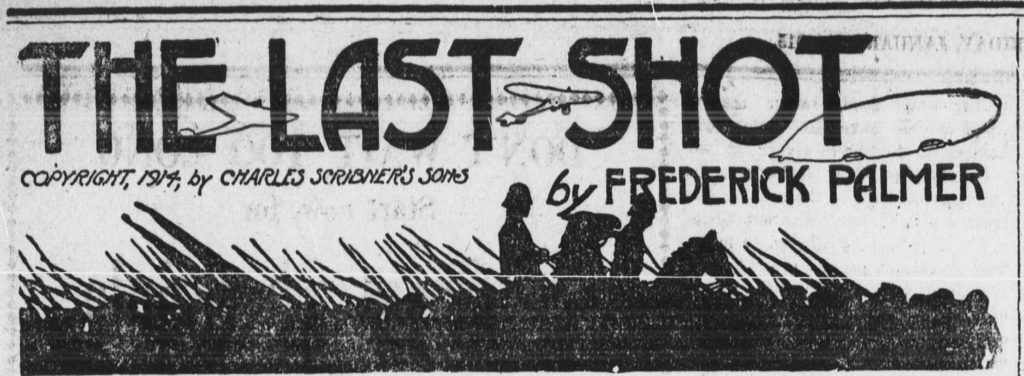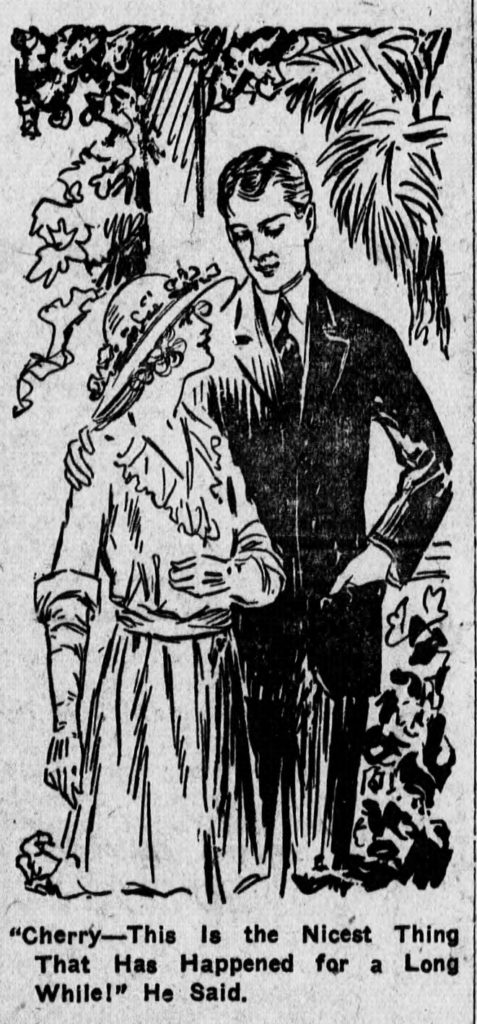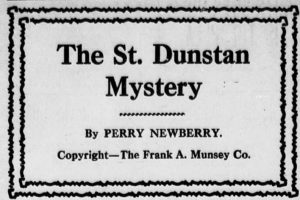One Chapter at a Time

When it came to entertainment during the 19th and early 20th centuries, the serialized novel dominated the market. Authors gradually revealed their single large works to captivated readers in installments, published either independently or within larger periodicals, over the course of several weeks or even months. This format made new literature more affordable to the masses as the costs for an entire novel were likewise spread out over time.Charles Dickens’s The Pickwick Papers, first published from March 1836 through October 1837, ushered in this literary format’s era of influencenot only in England, but across Europe–Alexandre Dumas and Leo Tolstoy both produced serialized works–and even as far off as China.

American publications initially syndicated works by British writers until a domestic base of writers grew. Harriet Beecher Stowe wrote the first significant American work to be published in serial format: Uncle Tom’s Cabin was published in The National Era in forty parts during 1851-1852. Other well-known American authors utilizing this format included Henry James and Herman Melville. It became so standard that it was not unusual for some authors to embed the structure of the serialized novel into their creative processes, and some would even respond to their audience’s reactions as they wrote subsequent installments.
Magazines such as Harper’s or Atlantic Monthly were great supporters of American literary talent, but serialized fiction could also be found in local newspapers, providing even wider access to works of fiction across the country. Several Ohio newspapers featured this type of content, especially larger papers published in the early 20th century such as the Celina Democrat, Logan Democrat-Sentinel, Medina SentinelandPerrysburg Journal. Typically, most of an entire page in each issue was devoted to serialized fiction, and some stories were also accompanied by small illustrations. Titles ranged from the intriguing, like The Jewel Worshiper or The Iron Way, tothe more ordinary, like Sisters or An Army Wife, but all promised a tale that would keep readers coming back from week to week. Sometimes one or twochapters were published in each issue, but authors might also choose to increase suspense by publishing only partial chapters oreven ending the installment in the middle of a sentence. To refresh readers’ memories between newspaper issues, some authors would include brief synopses of previously published chapters.

As with traditional works of fiction, a variety of topics were covered. Adventure and exploration of exotic lands, both foreign and domestic, and crime mysteries were popular. These stories offered a window into worlds unfamiliar and fascinating to their readers and were littered with heroes, secrets, people in disguise, love stories and murder and other hallmarks of suspenseful stories. Whether a tale ofwar orAmerican aristocracy, there seemed to be something for everyone in these stories–not unlike the television shows we watch in serial format today.
You can see many examples of serialized literature on Chronicling America, in Ohio newspapers and beyond. If you’re looking for something to read, check out one of these stories, and maybe even challenge yourself to read only one part per week and recreate the experience Ohioans of yesterday had when they first read the same story. Happy reading!
Thanks to Jenni Salamon, Coordinator for the Ohio Digital Newspaper Program, for this week’s post!



Leave a Reply
You must be logged in to post a comment.